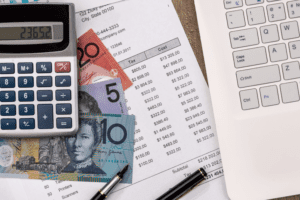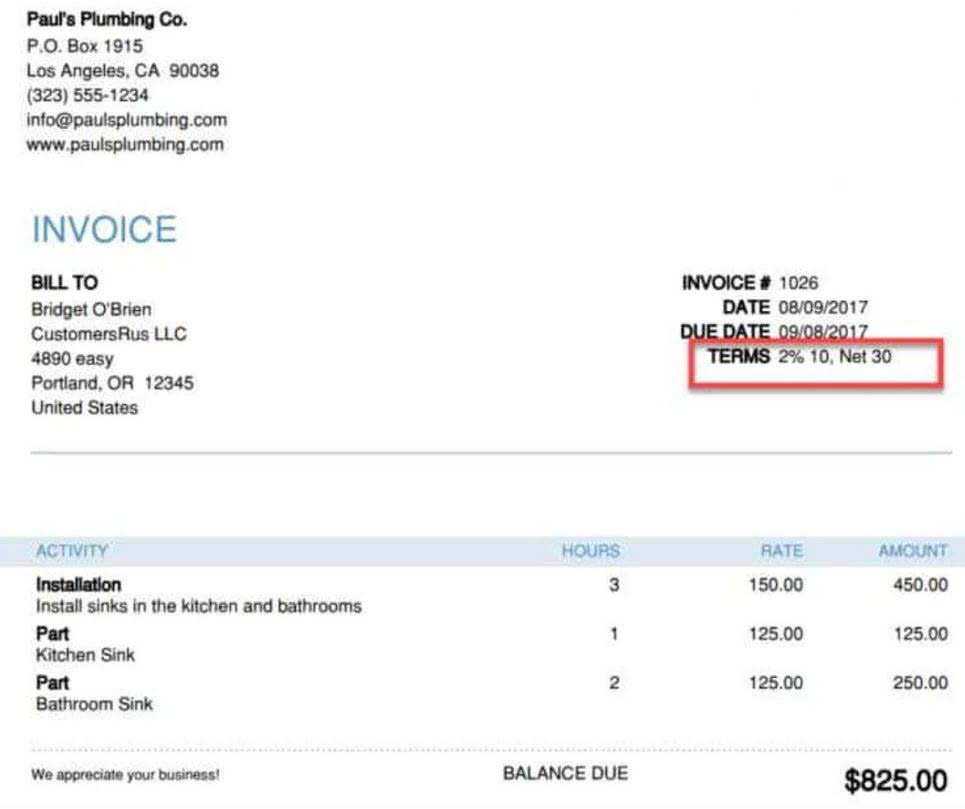
The PV of the interest tax shield can be calculated by discounting the annual tax savings at the pre-tax cost of debt, which we are assuming to be 10% in our example. When calculating the present value of a tax shield, it’s essential to avoid common mistakes that can lead to inaccurate results. These mistakes can have significant implications for a company’s financial decision-making, as they can result in overestimation or underestimation of tax savings. For example, consider a company evaluating two investment projects with different tax shield profiles. Project A generates a tax shield of $50,000 per year for 5 years, while Project B generates a tax shield of $75,000 per year for 3 years.
Benefits

The deductible expenses are all the necessary costs you must cover to operate your business. With a corporate tax rate of 21%, the tax shield is calculated by multiplying $250,000 by 21%, resulting in $52,500. Taxpayers who have paid more in medical expenses than covered by the standard deduction can choose to itemize in order to gain a larger tax shield. An individual may deduct any amount attributed to medical or dental expenses that exceeds 7.5% of adjusted gross income by filing Schedule A.
Tax Shield Formula, Types, Examples & How to Calculate ? (

These assumptions can lead to inaccurate calculations of the present value of the tax shield and poor financial decision-making. Research has shown that companies with higher tax shields tend to have higher firm values. This is because tax shields provide a competitive advantage, allowing companies to invest in growth opportunities that might not be available to companies with higher tax liabilities. Additionally, tax shields can increase a company’s financial flexibility, enabling it to take on more debt or invest in new projects. In capital budgeting, tax shields can be used to evaluate the feasibility of projects. For instance, a company considering a new investment project can estimate the present value of the tax shield generated by the project’s depreciation and interest expenses.
How to calculate the tax shield?
By leveraging deductible items, companies can lower tax liabilities, freeing up capital for investments or operational needs. Choosing an appropriate discount rate is essential in tax shield calculations. A common approach is to use the company’s weighted average cost of capital (WACC), which reflects the cost of debt and equity financing. Alternatively, companies can use a risk-free rate, such as the yield on government bonds, plus a risk premium to account for the uncertainty depreciation tax shield of future cash flows. The Tax Shield refers to the reduction in taxable income that arises from deductible expenses, such as interest payments on debt. By deducting these expenses from taxable income, companies can lower their tax liability and ultimately increase their after-tax cash flows.

Want To Learn More About Finance?

Companies using accelerated depreciation methods (higher depreciation in initial years) are able to save more taxes due to higher value of tax shield. In this post, we’ll dive into a concept that is essential for understanding tax planning and its impact on businesses and individuals alike – the tax shield. Whether you’re a business owner, investor, or simply interested in personal finance, understanding what a tax shield is and how to calculate it can help you make more informed financial decisions. For businesses, tax shields can help to lower the cost of capital, which can improve their financial performance.
- Tax shields vary from country to country, and their benefits depend on the taxpayer’s overall tax rate and cash flows for the given tax year.
- When filing taxes, ensure you’re claiming these deductions to save money during tax season.
- Since tax benefits from debt payments significantly impact the cost of raising capital, it is always considered while calculating the weighted average cost of capital (WACC).
- One of the primary areas where the Tax Shield comes into play is in the cost of debt.
- This can help investors make more informed investment decisions and avoid overpaying for companies with low tax shields.
Wrap-Up: Depreciation Tax Shield
It starts by figuring out what a company is worth just based on its business operations—as if it had no debt at all. For more complex models, we’d recommend using the “MIN” function in Excel to make sure that the interest tax shield value does NOT exceed the value of the taxes paid in the relevant period. The Adjusted Present Value (APV) is defined as CARES Act the sum of the present value of a project assuming solely equity financing and the PV of all financing-related benefits. The taxes saved due to the Interest Expense deductions are the Interest Tax Shield. As you can see above, taxes are $20 without Depreciation vs. $16 with a Depreciation deduction, for a total cash savings of $4. Also, at higher tax rates, Depreciation is going to provide additional savings.
Example: Depreciation Method Tax Impacts
It refers to the potential tax savings bookkeeping and payroll services that a company can enjoy by utilizing certain tax deductions and credits. This section aims to provide a comprehensive understanding of Tax shield and its calculation methods. In calculating the present value of a tax shield, the discount rate plays a crucial role in determining the current value of future tax savings. The discount rate represents the company’s cost of capital or the opportunity cost of investing in the tax shield.
- A tax shield is a financial strategy that allows businesses or individuals to reduce their taxable income, resulting in a lower tax liability.
- Tax shields differ between countries and are based on which deductions are eligible versus ineligible.
- A tax shield refers to the reduction in taxable income resulting from allowable deductions, such as interest expenses or depreciation.
- It is the method companies use to allocate the cost of an asset, which may be machinery, building, etc., throughout its useful life.
- Key Takeaways Dividends are taxable to a corporation as they represent a company’s profits.
- The value of a tax shield can be calculated as the total amount of the taxable interest expense multiplied by the tax rate.
She holds a Bachelor of Science in Finance degree from Bridgewater State University and helps develop content strategies. Bid adjustments are a fundamental component of sophisticated ad budgeting strategies. For more resources, check out our business templates library to download numerous free Excel modeling, PowerPoint presentation, and Word document templates.